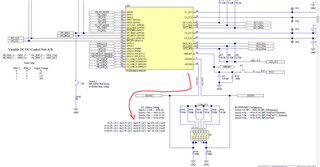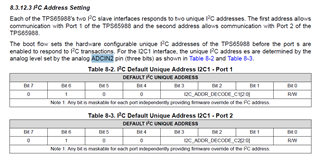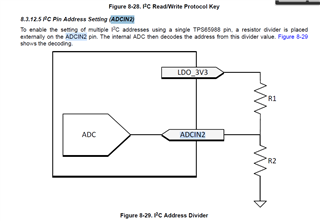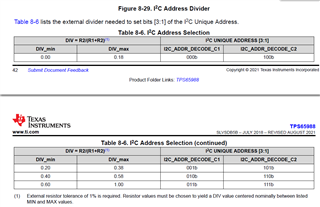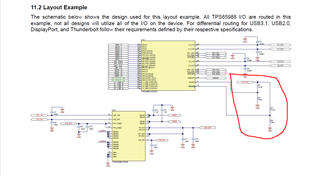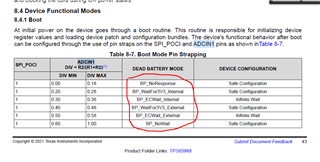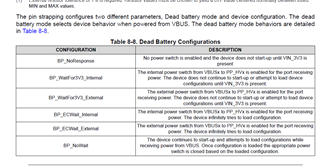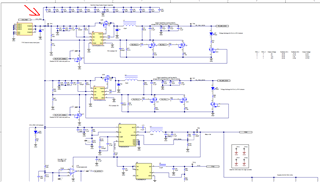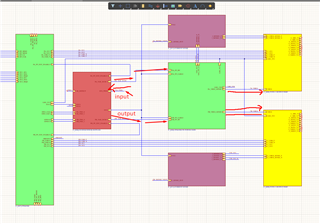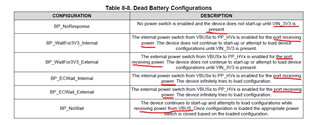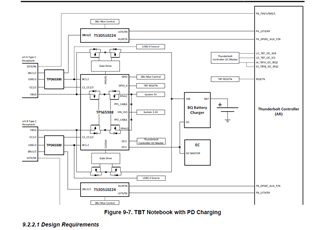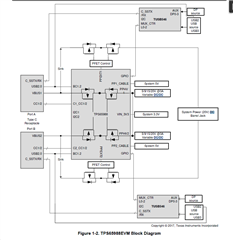Part Number: TPS65988EVM
Hi,
I have some questions regarding a custom PCB by following the reference design of TPS65988EVM.
- Why do I need multiple I2C addresses? Can't I use one I2C address for a custom board e.g. 191K and 100K voltage divider?
- What is the function of the ADCIN1 pin? I don't understand it. I need some explanation and can I add simple a voltage divider for my application instead of multiple?
Application:
Want to use TPS65988 as a source for two sink peripherals connected with USB C ports - I also need help in selecting a buck/boost IC to provide 20V 5A input to TPS65988EVM. I have TPS25750EVM connected with a lipo battery 4S 4.5A. The TPS25750EVM input is connected with a 100W PD wall adapter.
As I also need approx 80W power from the output of TPS65988EVM. But BQ25792 allows 66W power at SYS pin. So I need to boost or buck input power for TPS65988.
Any suggestion or guidelines are appreciatable. Thanks


